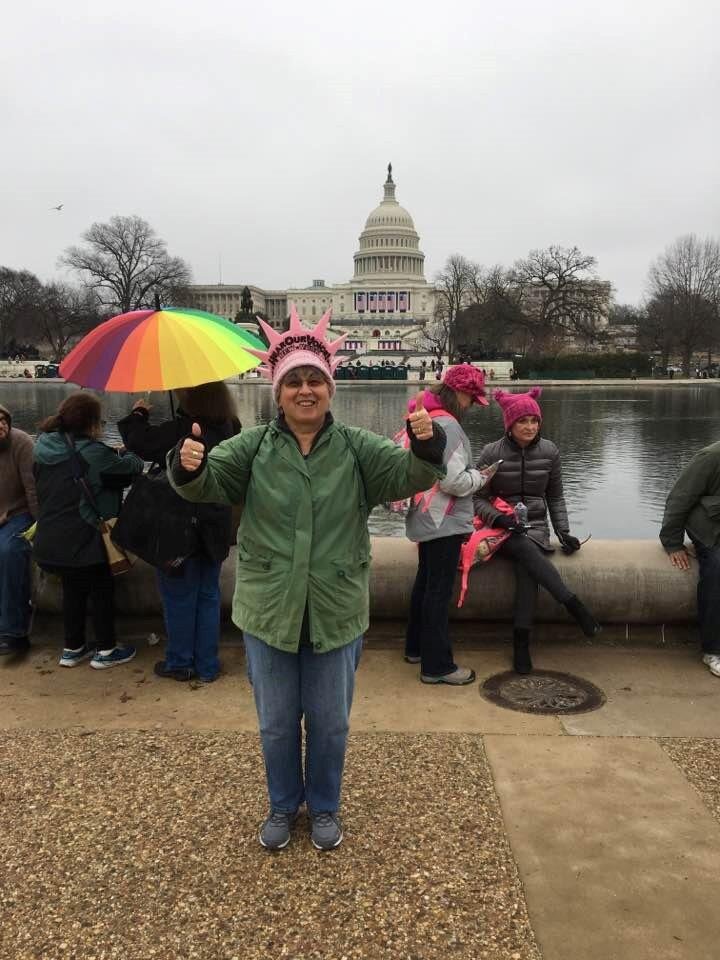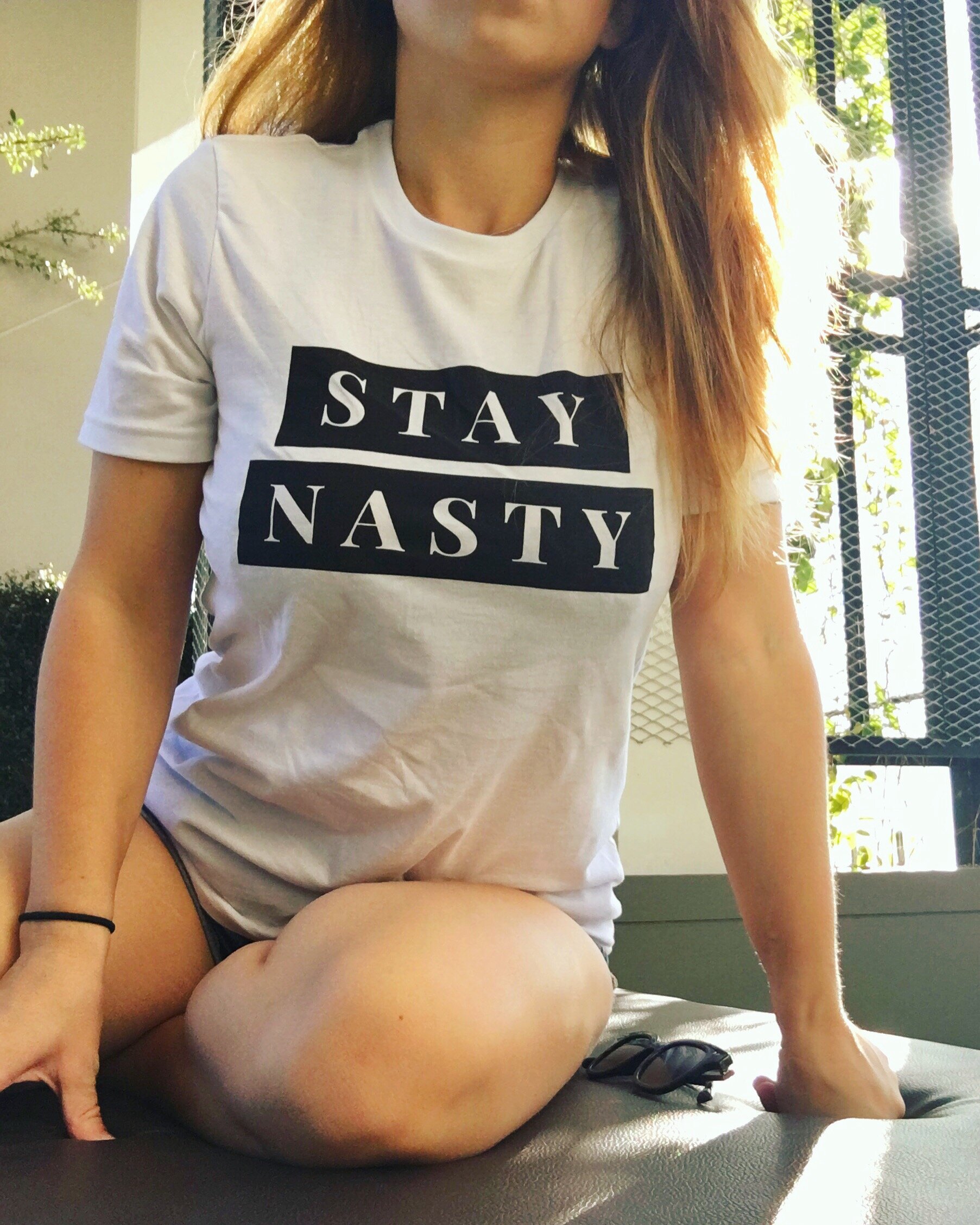Module 3 Blog Post
Part 1: Reflections on individual differences
1a. I really liked how this week narrowed the focus to discuss women’s struggles. As a white woman, I have less privilege than a white man, but in most situations still more privilege than a black man. With this understanding, it’s important to recognize the intersection of underprivileged categories that black women occupy. We touched on this a bit last week, but it was interesting to expand upon this specific demographic this week, particularly in the chapter about womanism (Bryant-Davis and Comas-Diaz, 2016).
1b. “The Power of Categories” (NPR, 2015) made me think a lot about my queer friends who prefer to refer to themselves as “queer” rather than a more specific label because they “don’t want to be put in a box.” When I was first starting to embark on my sexuality discovery journey, I set out knowing I wasn’t straight but unsure of which ways my sexuality wandered. So many of my friends were so “anti-box” and “anti-label,” it made me feel like there was something wrong with me for wanting to find a box and put a label on it. Eventually, after years of education and introspection, I felt comfortable labeling myself: bisexual, heteroromantic, grey-ace. (Part of this has changed since then as I learned more and even now I am continuing to grow and change.) Discovering those boxes finally made me feel safe in a way, like I wasn’t just aimlessly floating around in “queerdom,” but I knew exactly who I was in the world of sexuality spectrum fluidity. Finding my box(es) was gratifying and anchoring. A lot of what was described about how Paige felt after discovering “bi-gender” resonated with me in terms of finally having a word to put to a feeling.
When thinking of who “my people” are, I feel like I fit in to so many different categories that don’t include each other. For instance, I’m a dog person and I’m also an artist and I’m also a Jew and I’m a grad student and I’m a sex worker and I’m queer and I’m…etc. These are all categories I belong in. Other people in these categories are also “my people,” for lack of a better phrase. But the people I share one category label with may not also be with me in other categories, so referring to them as “my people,” seems limiting in itself.
I think others, without knowing anything about me, would simply categorize me as a White woman, and that would mean to them whatever being a White woman means to them, whether it’s good or bad or neutral. To me, that’s constricting, and I feel the urge to say, “But that’s not all I am.” However, that would also be a bit hypocritical, because I think we all do that: judge people by the category we assign them to. Chimamanda Ngozi Adichie spoke about how she thought of her houseboy and his family based strictly on him being categorized as “poor,” as well as how her roommate perceived her based only on her being categorized as “African” (TED, 2009). In any of these examples, the category is limiting perception of the person and, in some cases, hindering the perceiver’s ability to get past that category to learn more.
1c. I feel like I’ve written about my experiences as a Jew ad nauseam in this blog, so I want to use this space to discuss my experiences as an American expat living abroad in both Western and Eastern countries and immersing in other cultures. There have been places I’ve lived, and even more places I’ve visited, where being an American gave me certain privileges. For instance, there are many European countries where anyone carrying an EU passport can just walk right through customs, anyone carrying an American or Australian passport can almost walk right through customs, with just one level of security and authentication, but pretty much every other nationality had to wait in long lines and go through a more detailed screening process. In Vietnam, the US dollar is widely accepted, almost coveted. I visited Indonesia during Obama’s presidency and when I told the locals I met that I was an American, they often erupted into cheers of, “Obama!” and were so excited to shake my hand. I was living in Thailand during the 2016 election and after learning that Trump won, I broke down crying in public, something widely condemned in Thai culture. Under any other circumstance, I think I would have been chastised by my Thai coworkers, Thai friends, and Thai baristas at the shop where I was a regular. They didn’t really have the mentality of, “Silly American, she just doesn’t know better,” so usually my culture, and therefore my ignorance of their culture, wouldn’t have protected me from their scolding. However, in this particular instance, many of them said, “You’re American and you’re in mourning. Showing this emotion is okay.” In fact, many of them mourned with me.
The following year I moved to Ireland and did a lot of traveling throughout Europe. Whenever people asked where I was from and I responded with “the US,” every single time, without fail, the next question was, “And what do you think about Trump?” This is how foreigners, or at least foreigners that travel, decide if we’re the type of American they want to spend their time with or not. Eventually I started saying, “I’m from the US andIpromiseIhatehim!” just to save time. And then when even that began to feel exhausting, I just started saying, “I’m Canadian.”
This isn’t a direct comparison to Kunaq’s experiences with tattooing and reviving a sacred cultural practice (AJ+, 2017) or how Ayunerak, et al. (2014) describes their cultural experiences, but I think it’s an important addition to the conversation surrounding cultural categorization, and the way categories, as described in this week’s podcast (NPR, 2015), shape our judgements and perceptions of the people who fit into those categories.
1d. As a white woman, I don’t think I have a right to call myself a “womanist” despite agreeing with the fundamentals of the womanist agenda. Instead I consider myself an intersectional feminist, a label that comes with the responsibility of calling out white feminists on their white-focused or privileged activism. But even “intersectional feminist” lacks some of the depth the term “womanist” carries with it, particularly that it is not just a focus on sexism and seeking equality between the sexes, but a focus on sexism and racism in the context of them going hand in hand (Bryant-Davis & Comas-Diaz, 2016). Another reason I wouldn’t consider myself a womanist is because I don’t quite understand (yet) how these two issues are fully linked. To me, sexism and racism have always been two separate things to be fought in two separate ways and each battle is its own entity. Even reading through this chapter, I understand in a superficial sense what they mean, but haven’t been able to fully wrap my head around this concept to be able to understand it on a more visceral level. Perhaps I never will, because both sexism and racism are not things I will experience simultaneously.
Part 2: What are we not seeing?
2a. Whiteness is viewed as “invisible” because it’s so ingrained in our society that being white is the neutral state of being (Sue, 2004). I’ve learned a lot about this recently, not through this class, but through my experiences lately, even before George Floyd was murdered. It was pointed out to me by some black people I interacted with that there are other members of the black community who are so immersed in Western society that even they have deeply ingrained white supremacist beliefs and work to suppress their blackness to be more “socially acceptable.” I think these beliefs go widely unnoticed amongst the people who hold them because whiteness is so invisible within the way we see our community.
2b. To see Whiteness as an invisible characteristic only serves to further the othering of those who are not white. If there is no acknowledgement of the benefits that come with being white, there can be no acknowledgement of the struggles that come with being not white (Sue, 2004). To be white, and to have my whiteness be invisible, has afforded me anonymity in most situations. This concept makes me think about how I just bought a new car. I almost got a red car, but they ended up not having the car I wanted in red, so I went with grey. Afterwards it was pointed out to me that red cars have the highest rate of being pulled over because they’re so eye-catching. More neutral colors, like grey, have much lower rates of being pulled over. It could be said that there is an invisibility of greyness, while red cars are always watched more closely, just like people who are not white. There are situations, when I was younger and definitely stupider, where I did something wrong, even illegal, not only did I not get in trouble (which would have been due to white privilege), my indiscretions went entirely unnoticed. My whiteness made me invisible and as a teenager with sticky fingers, I got away with more nail polish than any one person could ever need, but had I been black, I don’t think I would have gotten away with even one.
References
AJ+. (2017). How Alaska native women are healing from our generations of trauma [Video file]. Retrieved from https://canvas.asu.edu/courses/53889/pages/module-3-multimedia?module_item_id=3228181
Ayunerak, P., Alstrom, D., Moses, C., Charlie Sr., J., & Rasmus, S. M. (2014). Yup’ik culture and context in southwest Alaska: Community member perspectives of tradition, social change, and prevention. American Journal of Community Psychology, 54: 91-99. doi: 10.1007/s10464-014-9652-4
Bryant-Davis, T. & Comas-Diaz, L. (2016). Womanist and mujerista psychologies: Voices of fire, acts of courage. American Psychological Association.
NPR. (2015). Inivisibilia: The power of categories [Audio podcast]. Retrieved from https://canvas.asu.edu/courses/53889/pages/module-3-multimedia?module_item_id=3228181
Sue, D. (2016). Whiteness and ethnocentric monoculturalism: Makingthe “invisible” visible. American Psychologist. DOI: 10.1037/0003-066X.59.8.761
TED. (2009). Chimamanda Ngozi Adichie: The danger of a single story [Video file]. Retrieved from https://canvas.asu.edu/courses/53889/pages/module-3-multimedia?module_item_id=3228181
*I can’t do hanging indents on squarespace.
The photo on the left is my mom at the Women’s March in DC on January 21, 2017. The photo on the right is a self-portrait I took that same day while I was living in Thailand and was unable to attend the march with my mom and best friend. This week’s reading and viewing materials made me think a lot about my past experiences with feminism and feminist demonstrations and how I could have been more aware of the lack of intersectionality at those demonstrations, as well as what I could have done personally to be more inclusive.


